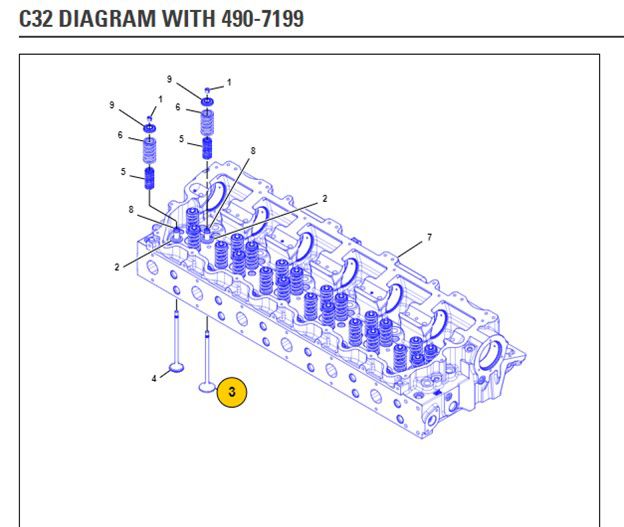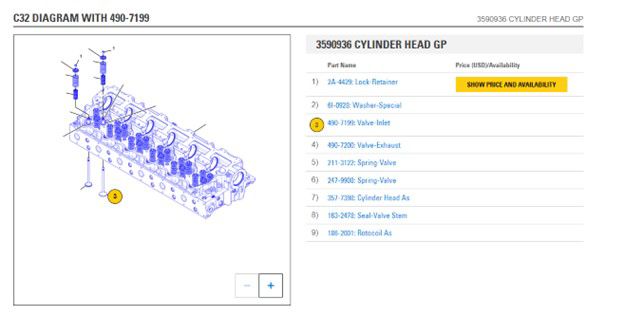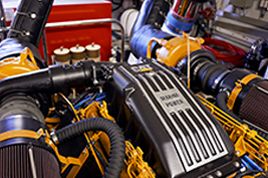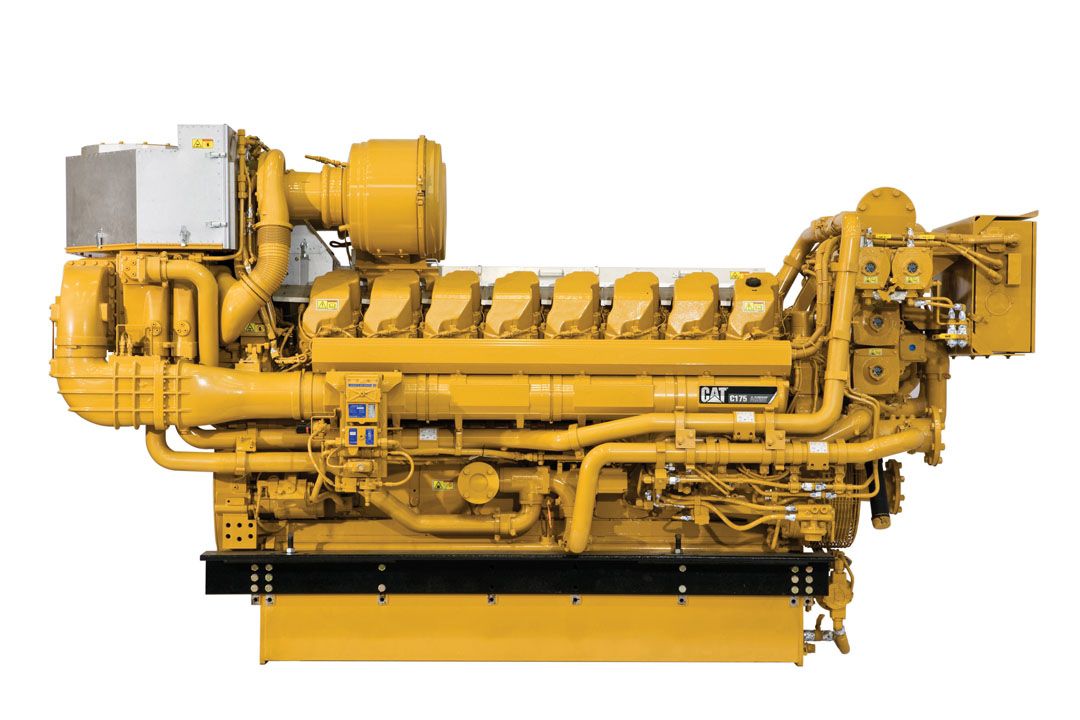

Sign In
Welcome! Sign In to personalize your Cat.com experience
If you already have an existing account with another Cat App, you can use the same account to sign in here
Register Now
One Account. All of Cat.
Your Caterpillar account is the single account you use to log in to select services and applications we offer. Shop for parts and machines online, manage your fleet, go mobile, and more.
Account Information
Site Settings
Security
When Do I Need to Adjust the Valves on My New Engine?
Engine Advice
By Danielle Foelber | Posted October, 2023
Engine Intake and Exhaust valves should be adjusted at the first oil change on a new engine. For Cat® Marine Engines, the first oil change could be recommended at 250, 500 or 1,000 hours, depending upon configuration. Consult your manual for specific configurations and intervals.
Correct valve lash settings help provide the following benefits:
- Optimum performance
- Maintain fuel consumption
- Contribute to maximizing the service life of related parts
- Sustain rated exhaust emissions
Valve recession occurs normally due to engine operation. Valve recession decreases the valve lash setting, which makes initial and regular scheduled maintenance of the setting necessary.
Incorrect valve lash setting can cause the following conditions:
- Excessive valve lash causes the valves to seat at higher velocities that can exceed the design capabilities of the valves, resulting in broken valves.
- Insufficient valve lash can prevent the valves from seating. Possible results are burnt valves and contact of the valves with pistons.
- Insufficient exhaust valve lash opens the valve prior to completion of the power stroke. Some of the combustion occurs in the exhaust system instead of the combustion chamber. Cylinder pressure is reduced, resulting in a loss of power and boost.
- Because of reduced power and boost, the operator may increase the throttle, which increases fuel consumption to do the same amount of work.
A valve lash adjustment is critical because the valves of a diesel engine play a key role in the combustion process. Specifically, the intake valves control the flow of air entering the cylinder, while the exhaust valve controls the flow of exhaust gases exiting the cylinder. Both inlet and exhaust valves must close and seal completely during the combustion process.


Adjusting this at the first oil change is sufficient time to allow the parts to "break in". The parts aren't wearing yet but are seating and operating properly. It is not uncommon to make small adjustments or no adjustment at all.
Valve lash adjustment is a relatively uncomplicated procedure. Valve lash should be checked and adjusted as needed as a normal maintenance process every 1,000 to 3,000 hours after the initial adjustment. Consult your Operation and Maintenance Guide for the correct interval and procedure to adjust the valve lash for your engine. Inspect the valve lash and adjust the valve lash according to the "Maintenance Interval Schedule" section of the guide. For instructions for measuring the valve lash and setting the valve lash, refer to the engine Testing and Adjusting section.
“With proper maintenance, a Cat Marine engine can deliver a lifetime of reliable performance,” stated Mark Harrison, marine product strategy manager at Caterpillar. “This provides the durability and reliability maritime applications demand while ensuring a lower total cost of ownership (TCO).”
Related Content
-
The Cat® Blog
The Cat Blog is dedicated to sharing expert advice and industry knowledge to help our customers do the work better. Read our customer stories, tips and resources.
Learn More -
Marine
Learn how Caterpillar can be your partner on the water with our marine diesel engines & marine generators to keep your vessels running efficiently & profitably.
Learn More -
Marine Power Systems
Engine uptime is critical for you, your crew, your clients and your bottom line. That's why Cat and MaK propulsion engines power your vessel to any port. The industry's largest range of engines provide the reliability you need. Caterpillar Marine ensure that you have an engine on board that will work as hard as you do. Select from our wide range of Commercial Propulsion Engines, High Performance Propulsion Engines, Marine Generators, and Auxiliary Engines.
Learn More





